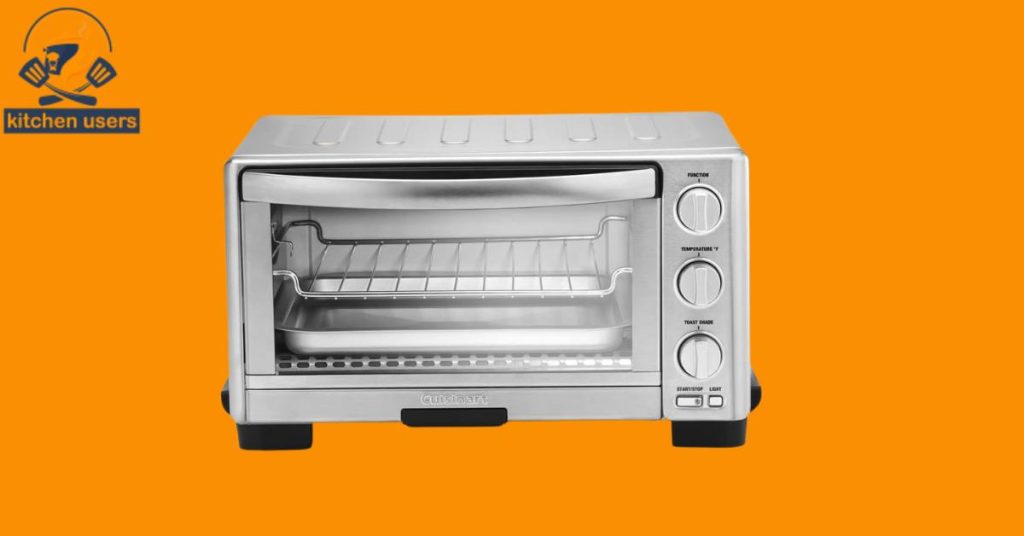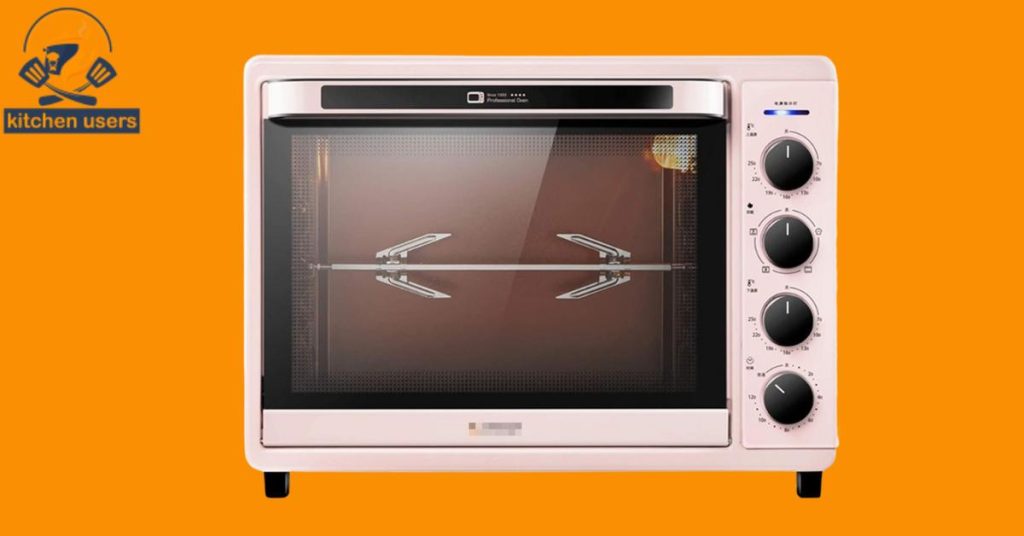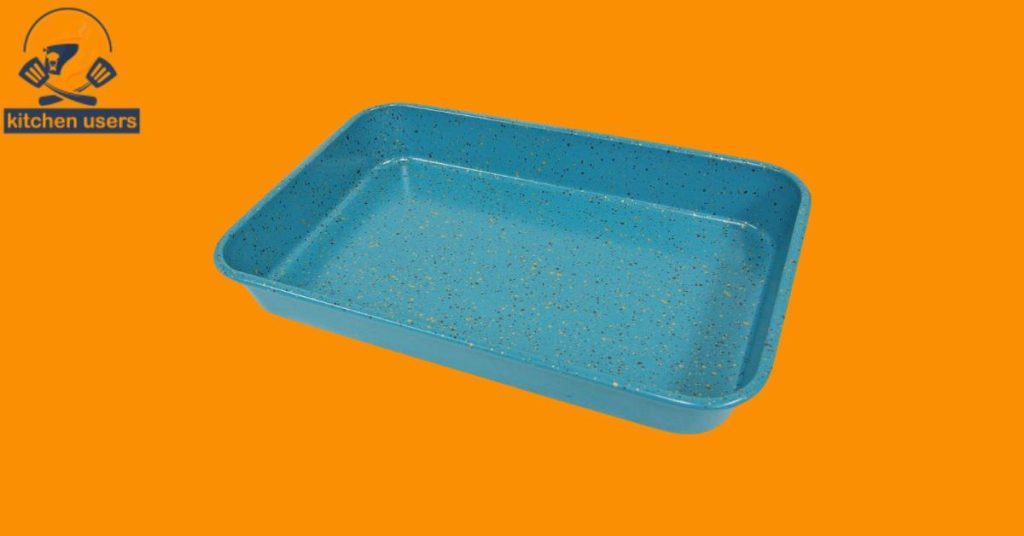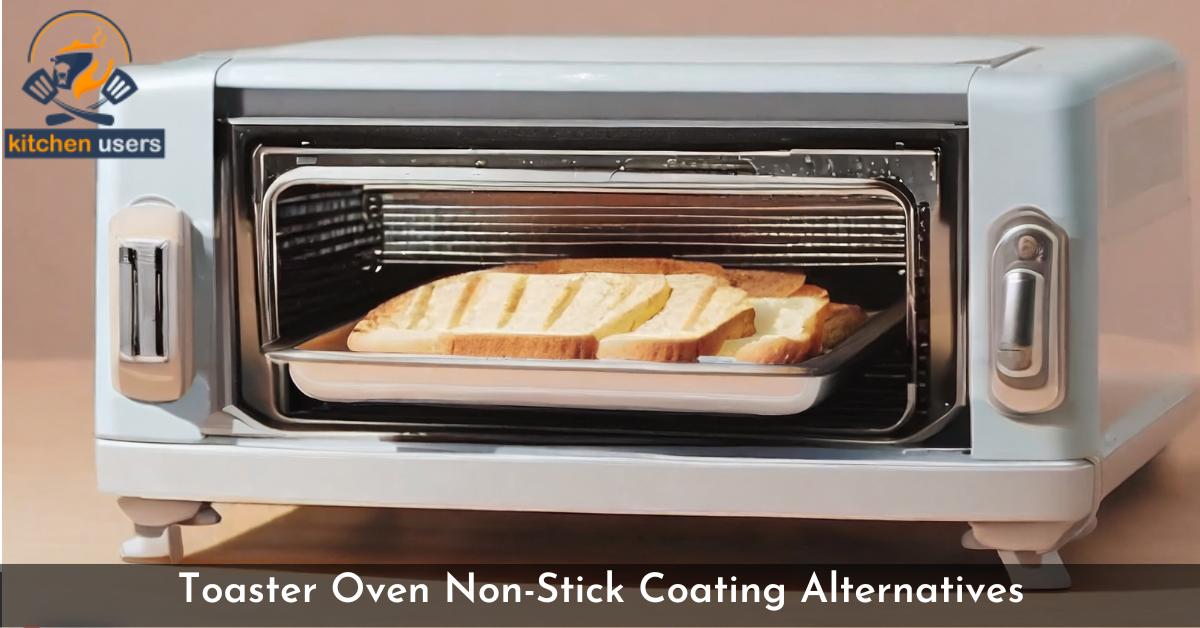As an experienced kitchen appliance specialist, I’ve heard numerous questions about non-stick coating alternatives for toaster ovens from my kitchen lover foodie friends.
Many people are looking for healthier alternatives to standard non-stick coatings because of worries about their safety, especially those that include PTFE (polytetrafluoroethylene) or PFOA (perfluorooctanoic acid).
In my years of experience, I’ve delved into non-stick coating alternatives, exploring various materials and their suitability for toaster ovens.
Today, I’ll share my insights and recommendations, empowering you to make informed decisions about your kitchen appliances.
What is Non-Stick Coatings?
Non-stick coatings are a type of surface treatment that is applied to cookware and other appliances to prevent food from sticking. They are typically made from a material called polytetrafluoroethylene (PTFE), also known as Teflon.
PTFE is a synthetic polymer that is characterized by its low friction coefficient and high resistance to heat and chemicals. This makes it an ideal material for non-stick coatings.
Are Non-Stick Coatings in Toaster Ovens Safe?
There has been some concern about the safety of non-stick coatings, particularly in relation to the potential release of chemicals under high heat conditions. PTFE is stable at temperatures up to about 570 degrees Fahrenheit (300 degrees Celsius). However, above this temperature, it can begin to decompose and release fumes. These fumes can be toxic if inhaled, and they can also cause irritation of the eyes and skin.
In recent years, there has been increasing scrutiny of per- and polyfluoroalkyl substances (PFAS), a group of chemicals that includes PTFE. Some PFAS have been linked to health problems, such as cancer, thyroid disease, and reproductive problems. However, it is important to note that not all PFAS are harmful, and there is no definitive evidence that PTFE itself is harmful to human health.
Toaster Oven Non-Stick Coating Alternatives
Toaster ovens are a versatile kitchen appliance that can be used for a variety of tasks, from toasting bread to roasting vegetables. However, some toaster ovens have non-stick coatings that can release harmful chemicals when heated to high temperatures. If you’re looking for a healthier alternative, there are a number of non-stick coating alternatives available.
01. Cast Iron

The Cast iron is a durable and versatile material that can be used for a variety of cooking tasks, including toasting, baking, and roasting. It is also naturally non-toxic toaster ovens, so you don’t need to use any additional coating. However, cast iron can be heavy and difficult to clean.
Pros:
- Durable and long-lasting
- Naturally non-stick
- Can be used at high temperatures
- Relatively inexpensive
Cons:
- Can be heavy
- Requires seasoning to maintain non-stick properties
- Can rust if not properly cared for
Why choose it:
Cast iron is a classic choice for those seeking durability, heat retention, and natural flavor enhancement. It’s ideal for searing meats, roasting vegetables, and baking pizzas.
02. Enameled Cast Iron

The Enameled cast iron is a cast iron that has been coated with a layer of enamel. This gives the cast iron a smooth, non-stick surface that is easy to clean. Enameled cast iron is also more resistant to rust than plain cast iron. However, enamel can chip or crack, and it is not as durable as plain cast iron.
Pros:
- Durable and long-lasting
- Smooth, non-stick surface
- Easy to clean
- Available in a variety of colors
Cons:
- Can be chipped or scratched
- More expensive than regular cast iron
Why choose it:
Enameled cast iron offers the benefits of cast iron with a user-friendly non-stick surface. It’s a great option for everyday cooking and baking.
03. Stainless Steel

The Stainless steel is a popular choice for toaster ovens because it is durable, easy to clean, and does not react with food. However, stainless steel is not naturally non-stick, so you may need to use a little oil or butter to prevent food from sticking.
Pros:
- Durable and easy to clean
- Resists corrosion
- Non-stick surface
Cons:
- May not be as non-stick as cast iron or enameled cast iron
- Can show scratches and fingerprints
Why choose it:
Stainless steel is a versatile and easy-care option for toaster ovens. It’s ideal for roasting, baking, and reheating food without worrying about flavor changes.
04. Carbon Steel

The Carbon steel is similar to stainless steel, but it is not as resistant to corrosion. Carbon steel is also more likely to react with food, so you may need to season it before using it in your toaster oven. However, carbon steel is a good option for those who want a durable and affordable non-stick coating.
Pros:
- Good non-stick surface
- Relatively inexpensive
Cons:
- Not as resistant to corrosion as stainless steel
- Can rust if not properly cared for
Why choose it:
Carbon steel offers a balance of affordability, performance, and non-stick properties. It’s a good choice for those who want a versatile cooking surface that develops flavor over time.
05. Ceramic Non-Stick
Ceramic non-stick is a relatively new type of non-stick coating that is made from sand. It is free of PTFE and PFOA, so it is a safe and healthy alternative to traditional non-stick coatings. Ceramic non-stick is also very durable and easy to clean. However, ceramic non-stick can be scratched, so it is important to use wooden or silicone utensils when cooking with it.
Pros:
- Safer alternative to traditional non-stick coatings
- Easy to clean
- Durable
Cons:
- Can be scratched
- More expensive than traditional non-stick coatings
Why choose it:
Ceramic non-stick is a safer and healthier option for those concerned about potential health risks associated with traditional non-stick coatings. It’s suitable for everyday cooking and baking.
My Personal Experience I have personally used all of the non-stick coating alternatives listed above and have found that they all have their own pros and cons. Cast iron is my favorite option for cooking meats and vegetables, as it is durable and non-stick. I also like that cast iron can be used at high temperatures. Enameled cast iron is a good option for cooking casseroles and other dishes that require a slow, even cook. Stainless steel is my go-to option for everyday cooking, as it is easy to clean and non-stick. Carbon steel is a good option for those who want an affordable non-stick cooking surface. Ceramic non-stick is a good option for those who are concerned about the health risks of traditional non-stick coatings.
Which Non-Stick Pan Alternative is Right for You- My Recommendation
Based on my personal experience with non-stick coating alternatives, I would recommend the following:
1. Consider your cooking style and needs:
- If you cook a lot of meats and vegetables, cast iron or enameled cast iron are good options.
- If you cook a lot of casseroles and other slow-cooked dishes, enameled cast iron is a good option.
- If you want an easy-to-clean and affordable non-stick option, stainless steel or carbon steel are good options.
- If you are concerned about the health risks of traditional non-stick coatings, ceramic non-stick is a good option.
2. Think about the durability of the coating:
- Cast iron and enameled cast iron are the most durable non-stick coating alternatives.
- Stainless steel and carbon steel are also durable, but they may require more care to maintain their non-stick properties.
- Ceramic non-stick is the least durable option, and it can scratch or chip if not handled carefully.
3. Consider your budget:
- Cast iron and enameled cast iron are the most expensive non-stick coating alternatives.
- Stainless steel and carbon steel are more affordable options.
- Ceramic non-stick is the least expensive option, but it may need to be replaced more frequently.
NOTE: Ultimately, the best non-stick coating alternative for you will depend on your individual needs and preferences. Consider your cooking habits, budget, and health concerns when making your decision.
Why You Should Switch To Non-Stick Coatings Alternatives?
There are several reasons why you should consider switching to non-stick coating alternatives:
01. Health Concerns:
Traditional non-stick coatings, such as Teflon, contain perfluorooctanoic acid (PFOA), a chemical that has been linked to various health concerns, including cancer, thyroid disease, and reproductive problems. While PFOA has been phased out in the manufacturing of most non-stick cookware, it can still be present in older pans or released if the pan is overheated.
02. Safety:
Non-stick coatings can break down and release harmful fumes when overheated, which can cause respiratory problems, flu-like symptoms, and even bird poisoning. Overheating non-stick pans can also release toxic fumes that can contaminate food.
03. Environmental Impact:
The manufacturing of traditional non-stick coatings involves the use of harsh chemicals that can pollute the environment. Additionally, non-stick coatings can leach into landfills and waterways, potentially harming aquatic life.
04. Durability:
Non-stick coatings can scratch and wear off over time, especially if used with metal utensils or abrasive cleaning methods. This can lead to food sticking to the pan and requiring more oil for cooking.
05. Alternatives Offer Better Cooking Performance:
Non-stick coating alternatives, such as cast iron, stainless steel, and carbon steel, often offer superior cooking performance. They can withstand higher temperatures, provide better heat distribution, and develop a natural non-stick patina over time.
How to Choose a Non-Toxic Toaster Oven?
Choosing a non-toxic toaster oven is an important step towards reducing your exposure to harmful chemicals and protecting your health. Here are some steps to help you make an informed decision:
- Avoid Teflon and PTFE Coatings
- Opt for Stainless Steel or Ceramic Interiors
- Check for Third-Party Certifications
- Read Customer Reviews
- Consider Brand Reputation
- Avoid Plastic Components
- Prioritize Eco-Friendly Materials
By following these steps, you can choose a non-toxic toaster oven and protect your health.
Conclusion
As I conclude my exploration of toaster oven non-stick coating alternatives, I’m reminded of the importance of making informed choices in the kitchen. My personal experiences have led me to conclude that prioritizing healthier alternatives is essential for promoting well-being and enjoying the versatility of toaster ovens.
Remember, even with safer non-stick coatings, adopting healthy cooking practices can further reduce any potential risks. Moderate cooking temperatures, use silicone or wooden utensils and regularly clean your toaster oven to maintain its longevity and safety.
Have you tried any of these alternatives to non-stick coatings in your toaster oven? What has been your experience? Share your thoughts and recommendations in the comments below.

Tammy E. Edison is a distinguished specialist in the world of kitchen appliances, and she is proud to be a part of the dynamic team at kitchenusers.com. With a background in engineering and a passion for culinary innovation, Tammy E. Edison has established herself as a go-to expert for all things related to kitchen appliances technology.


